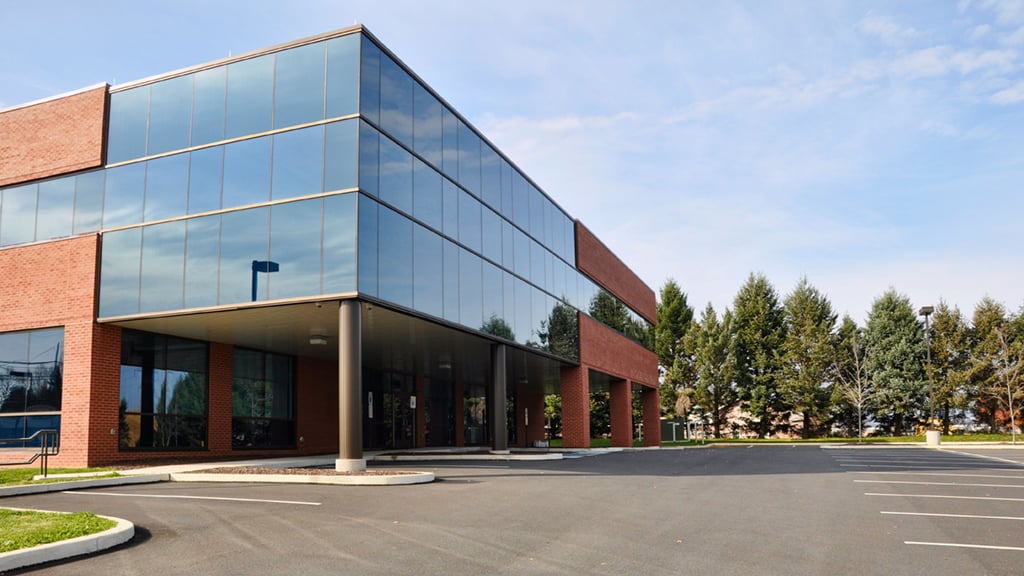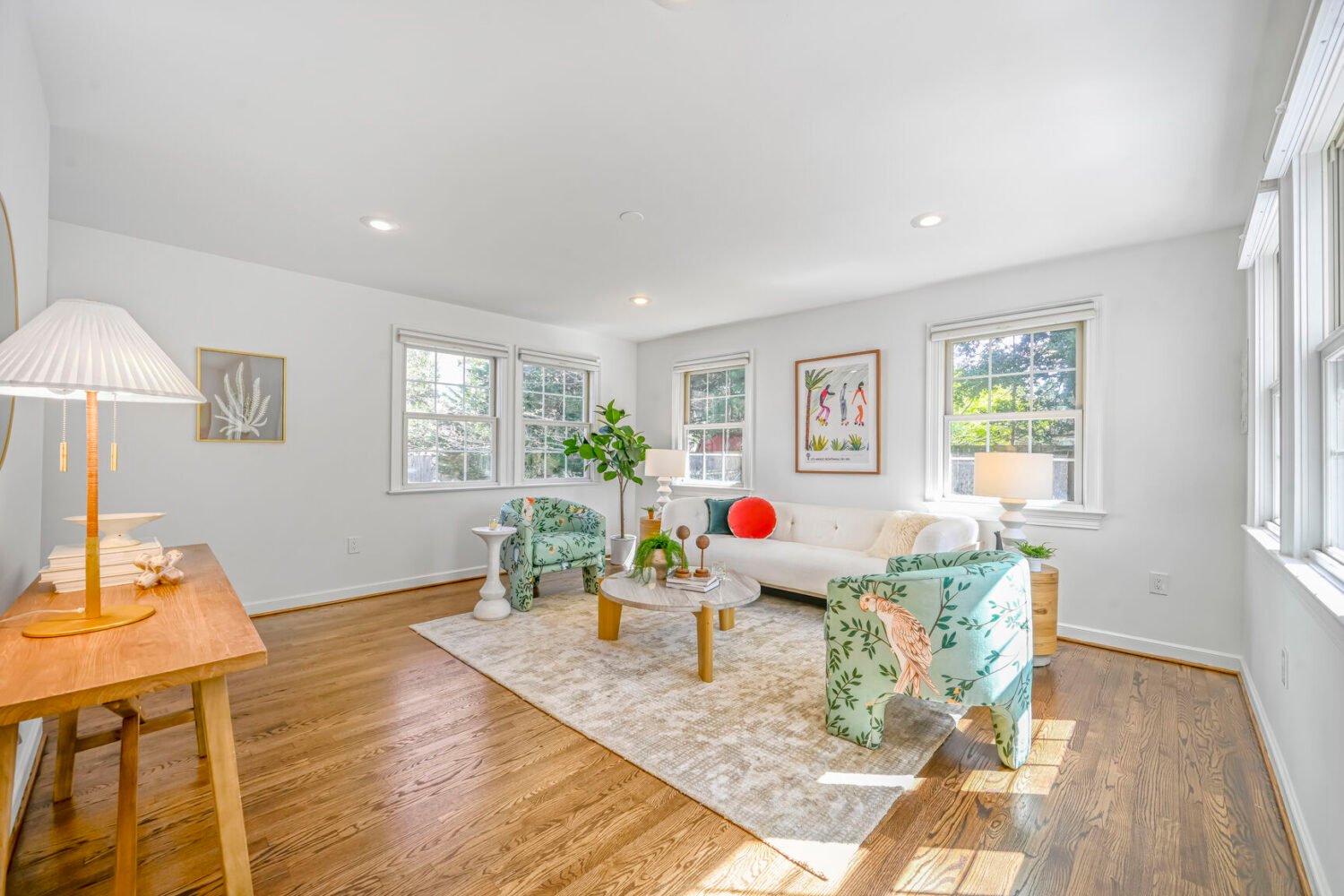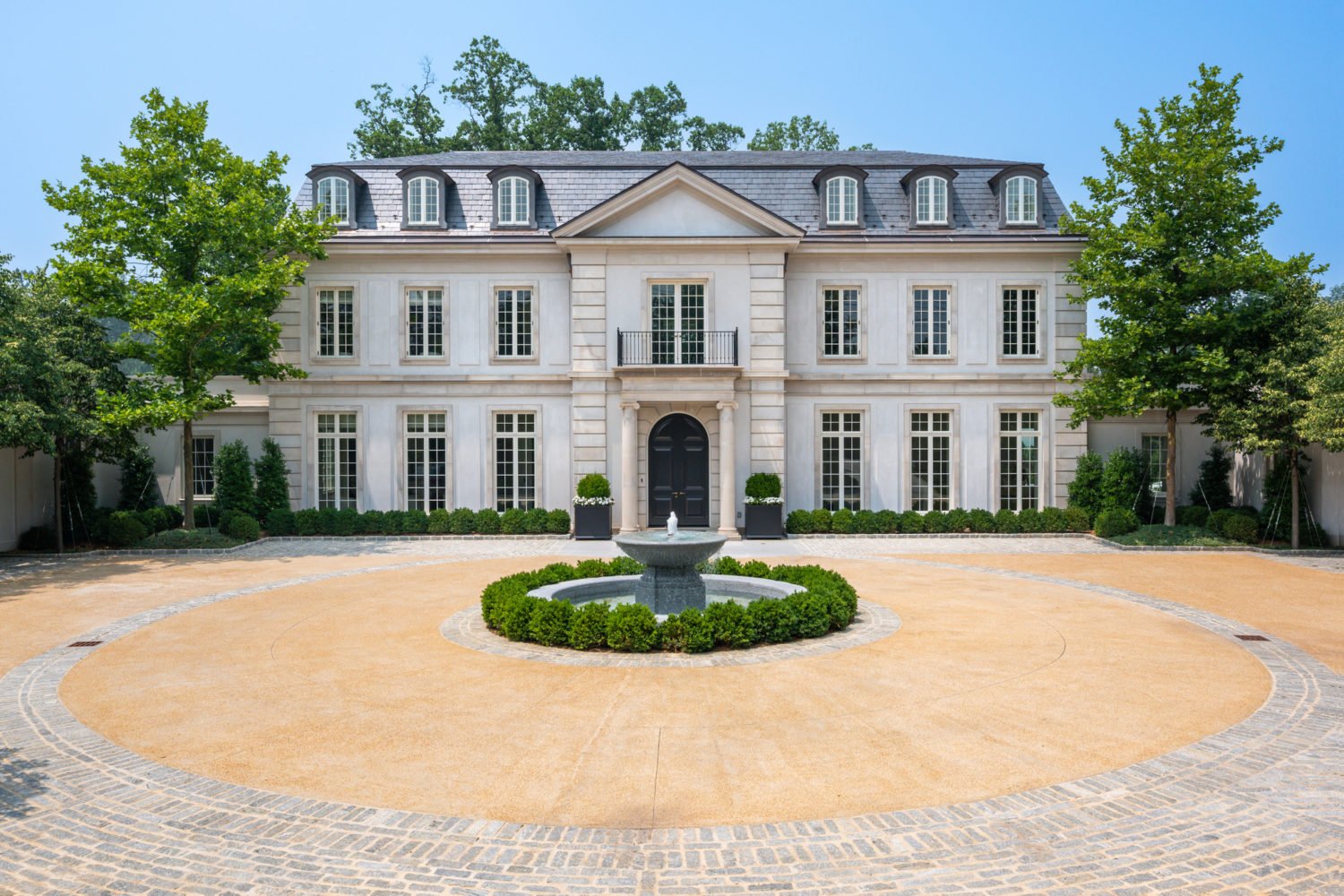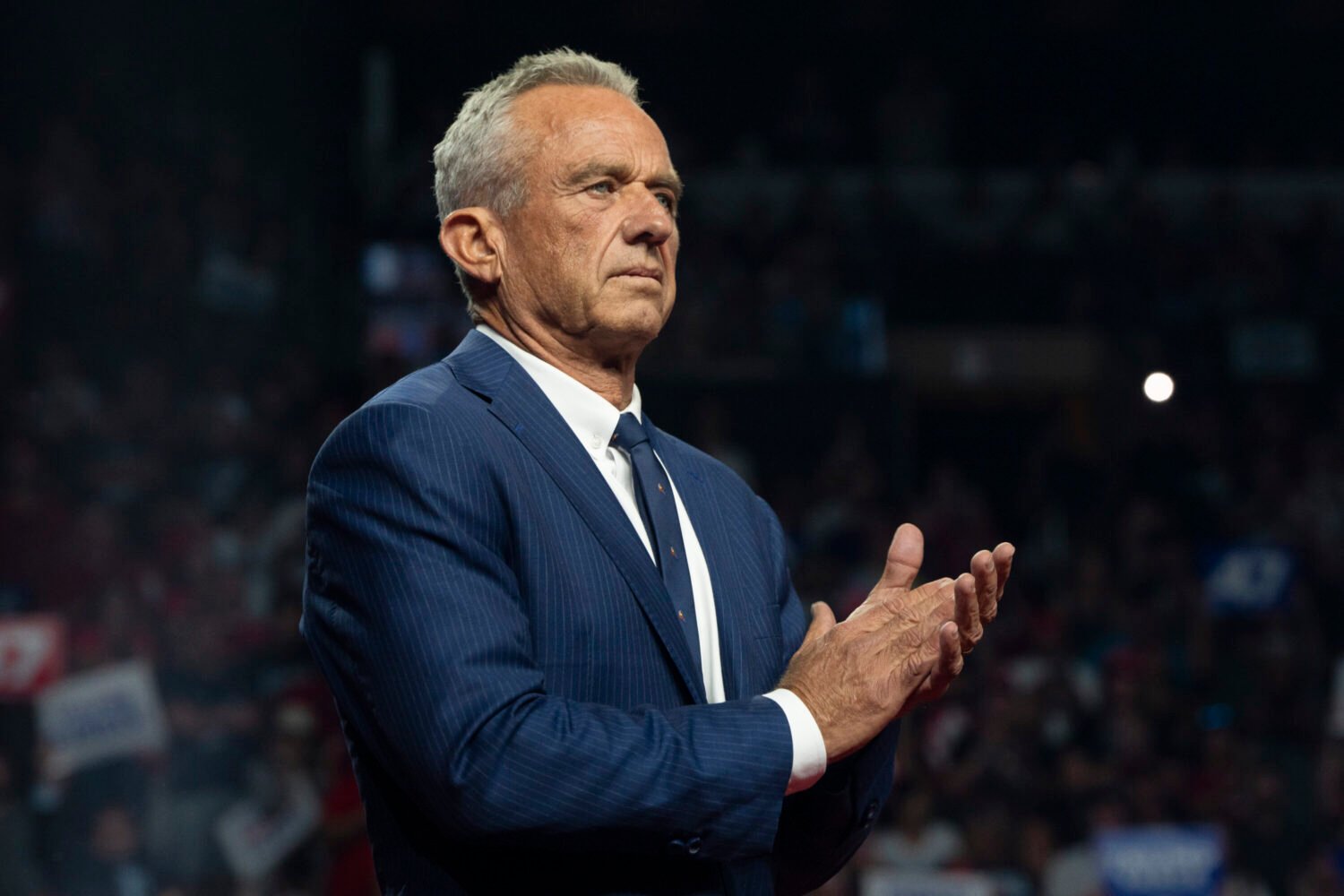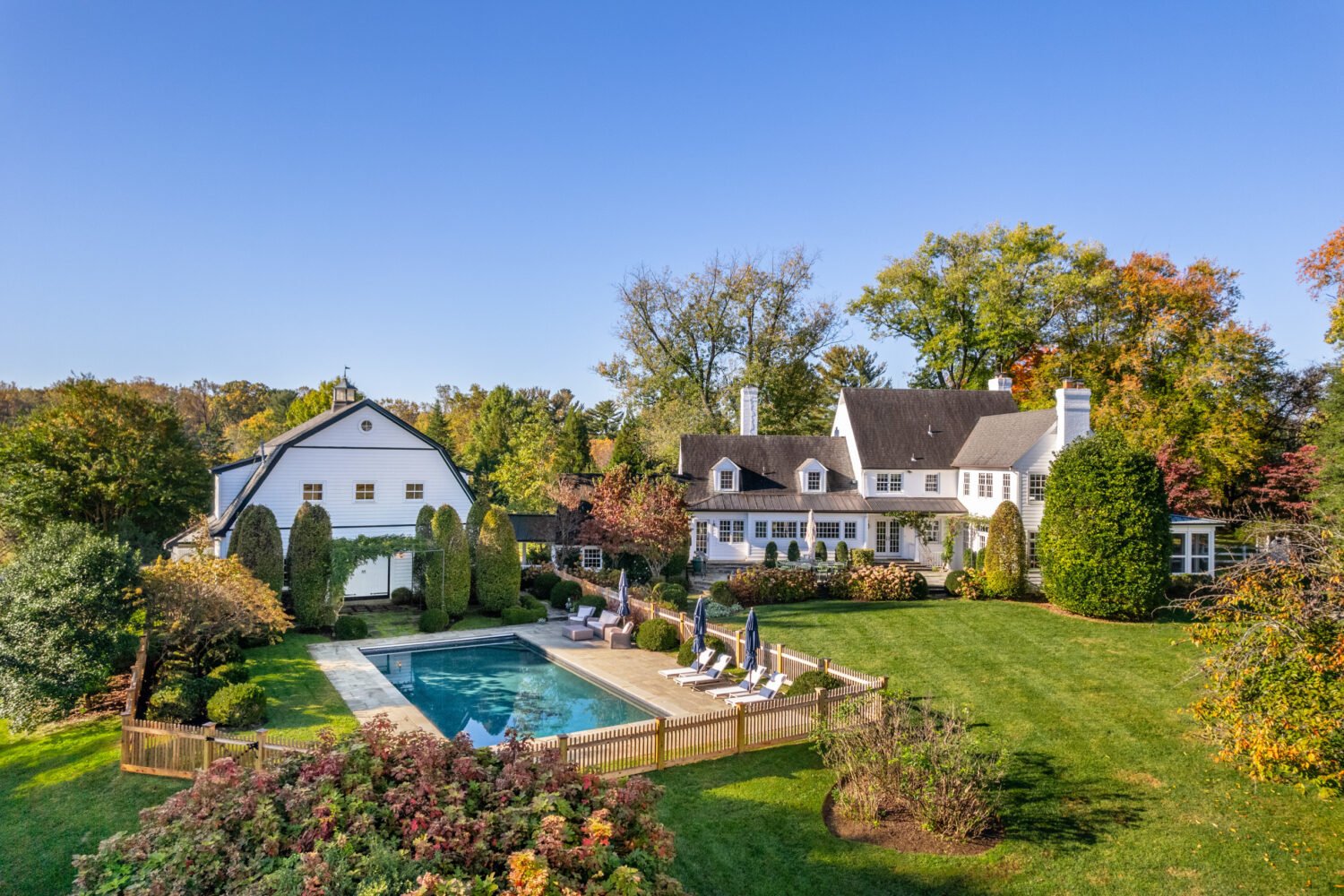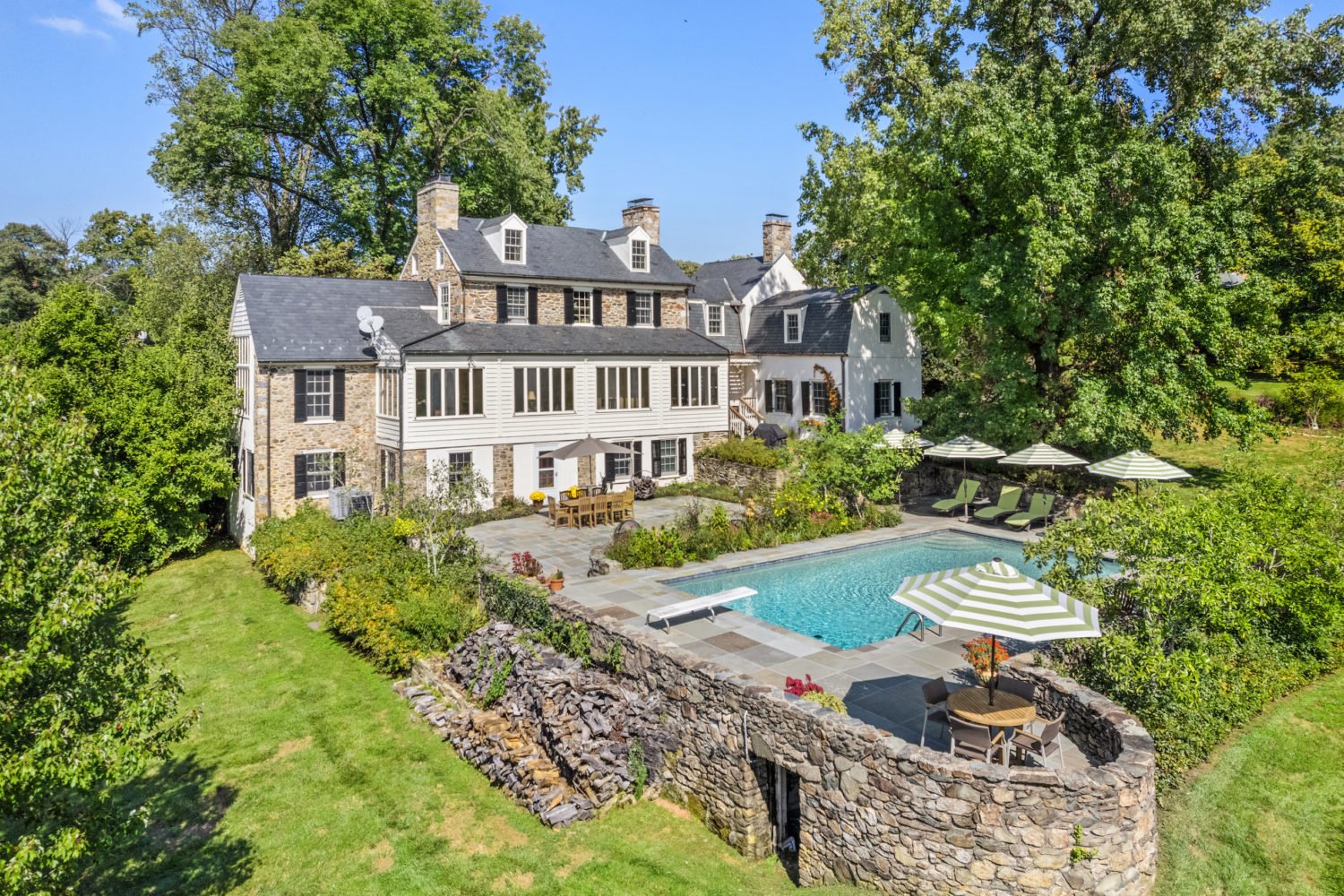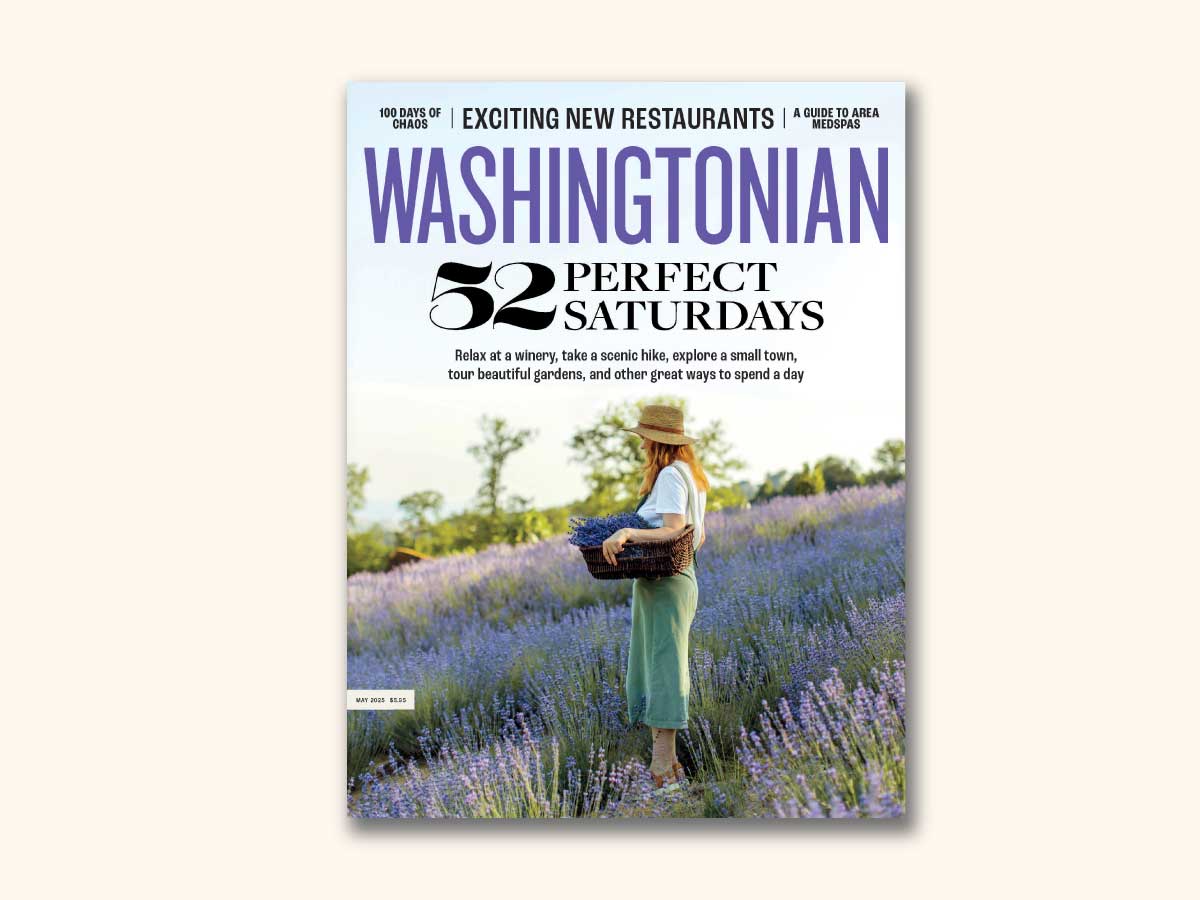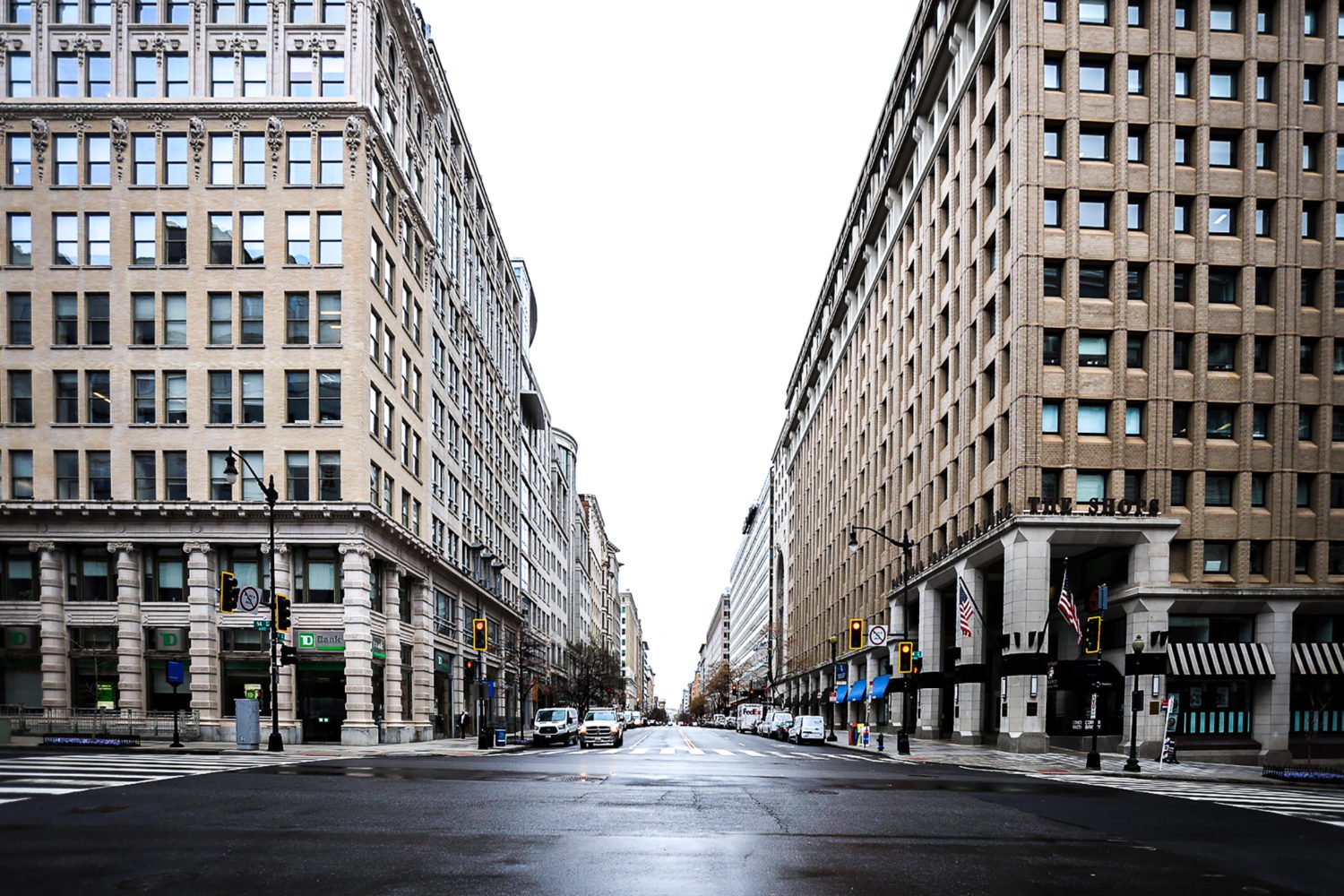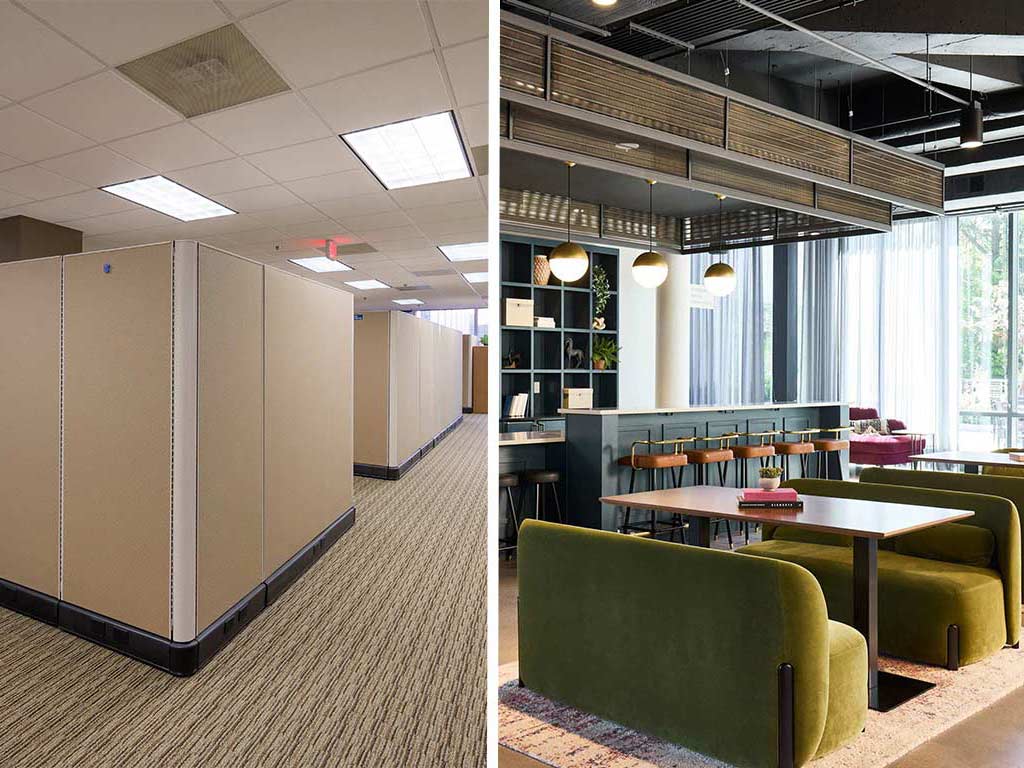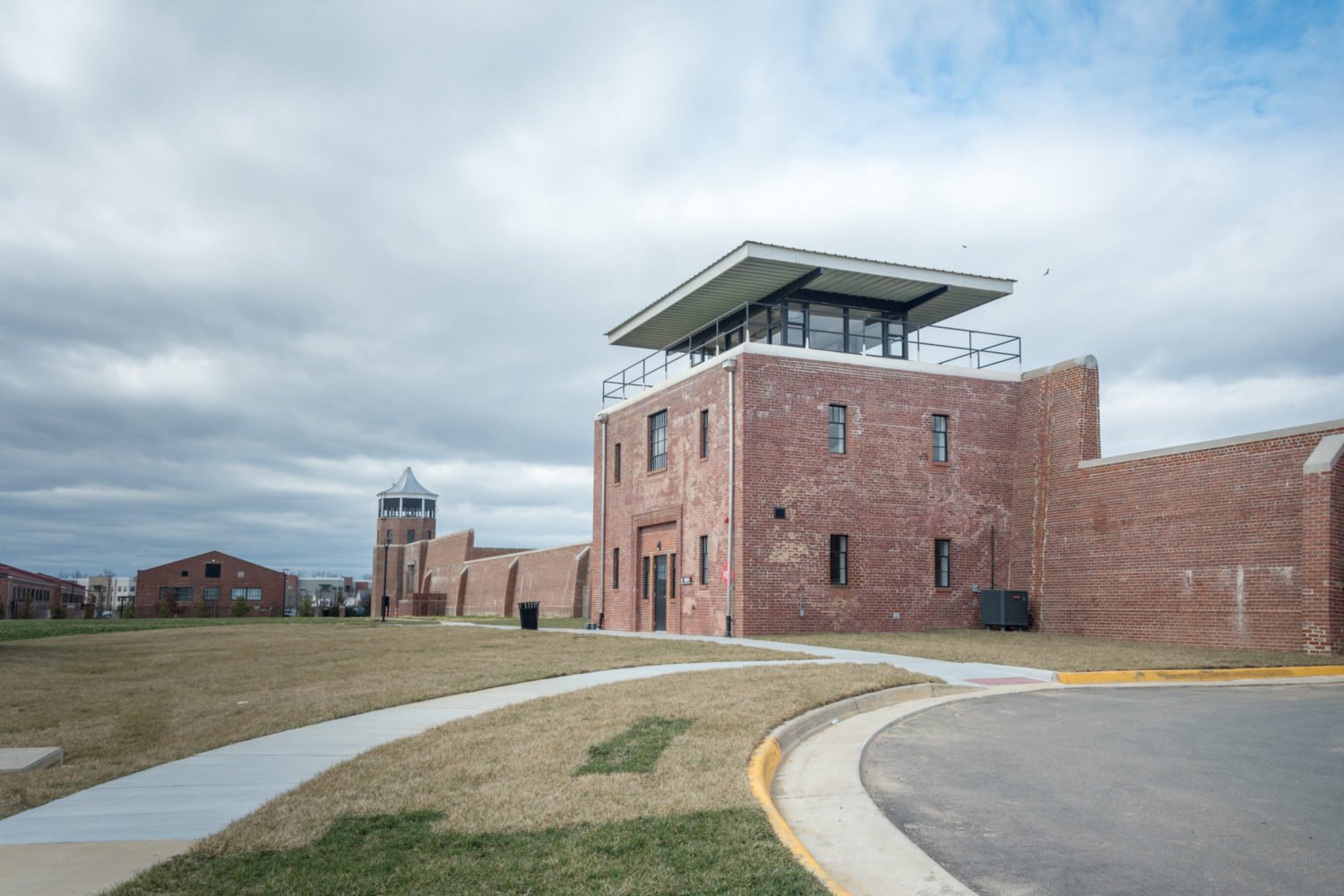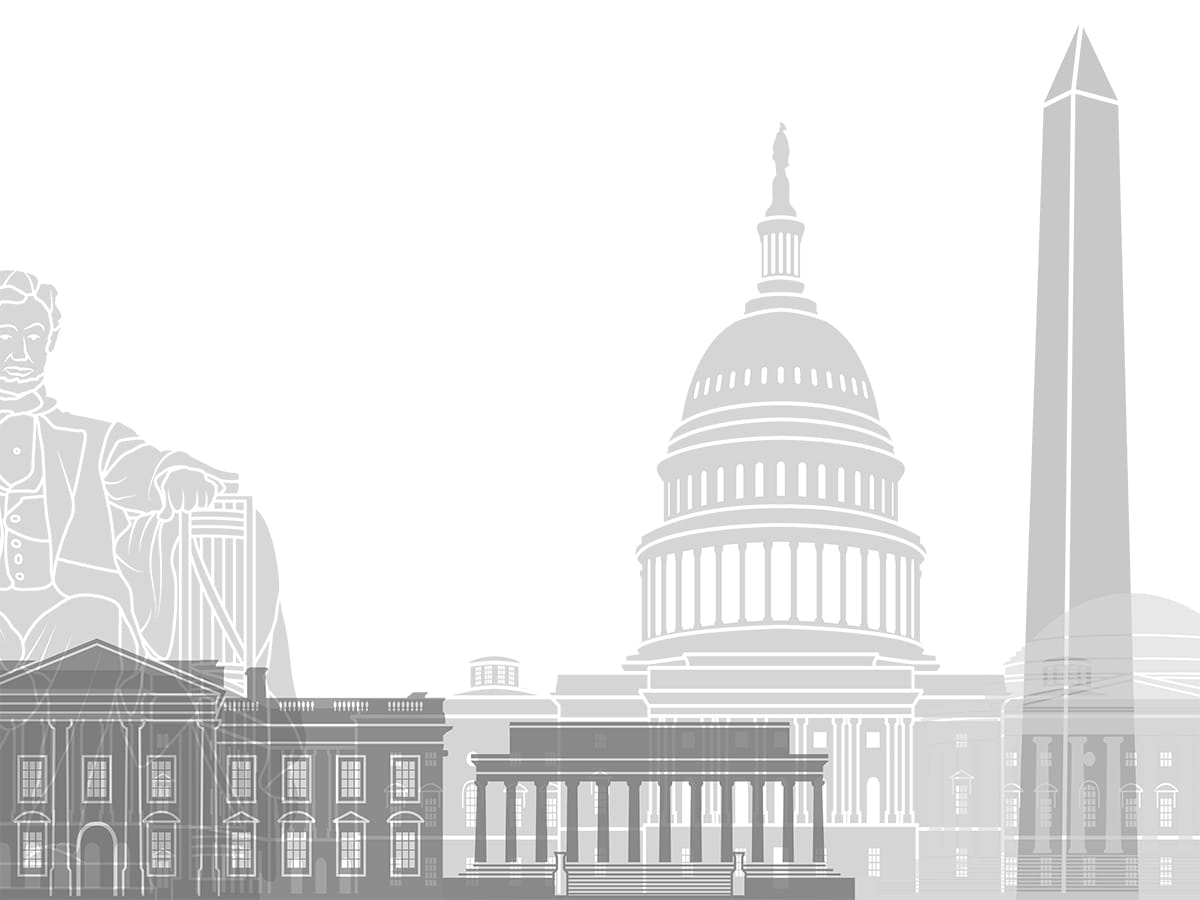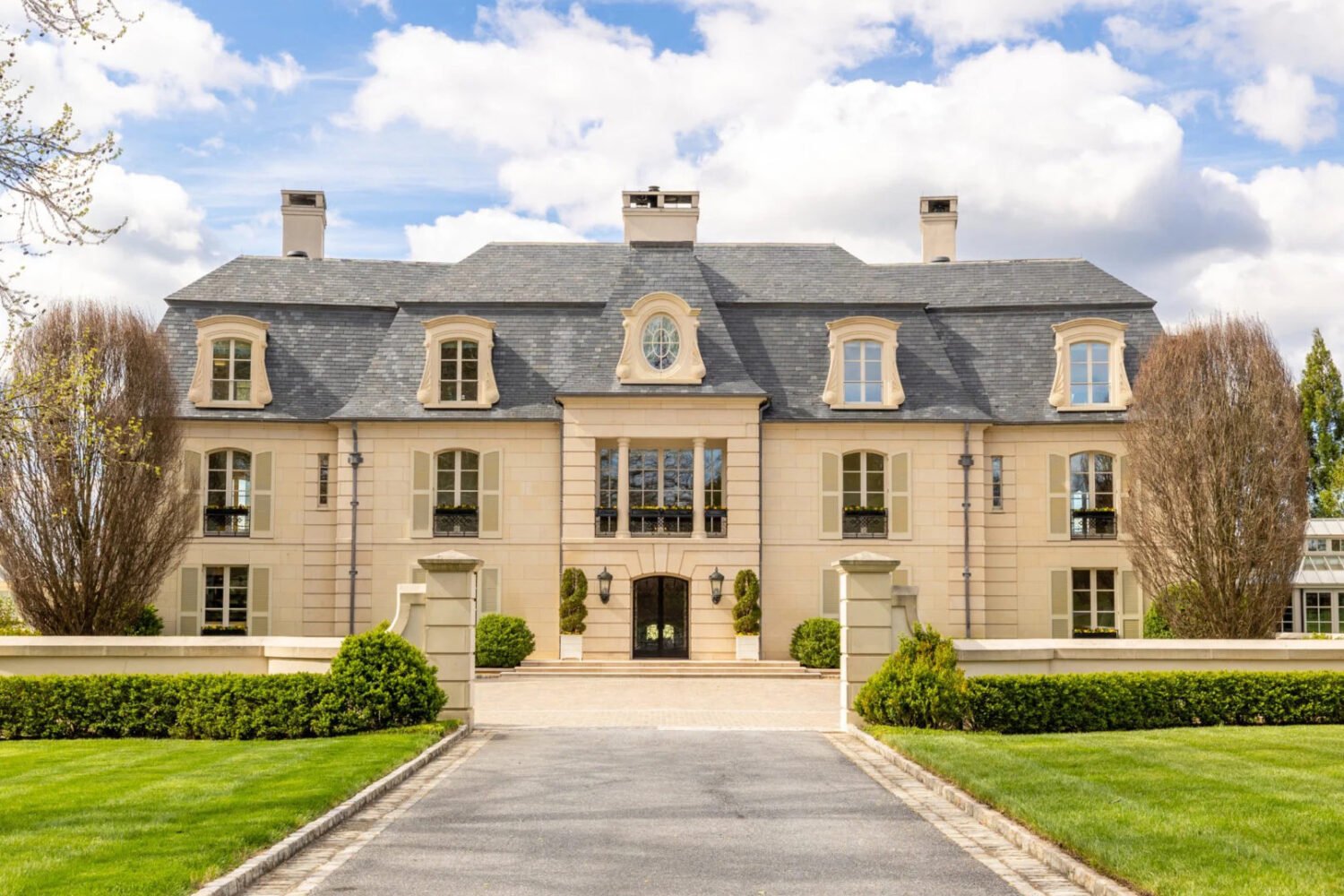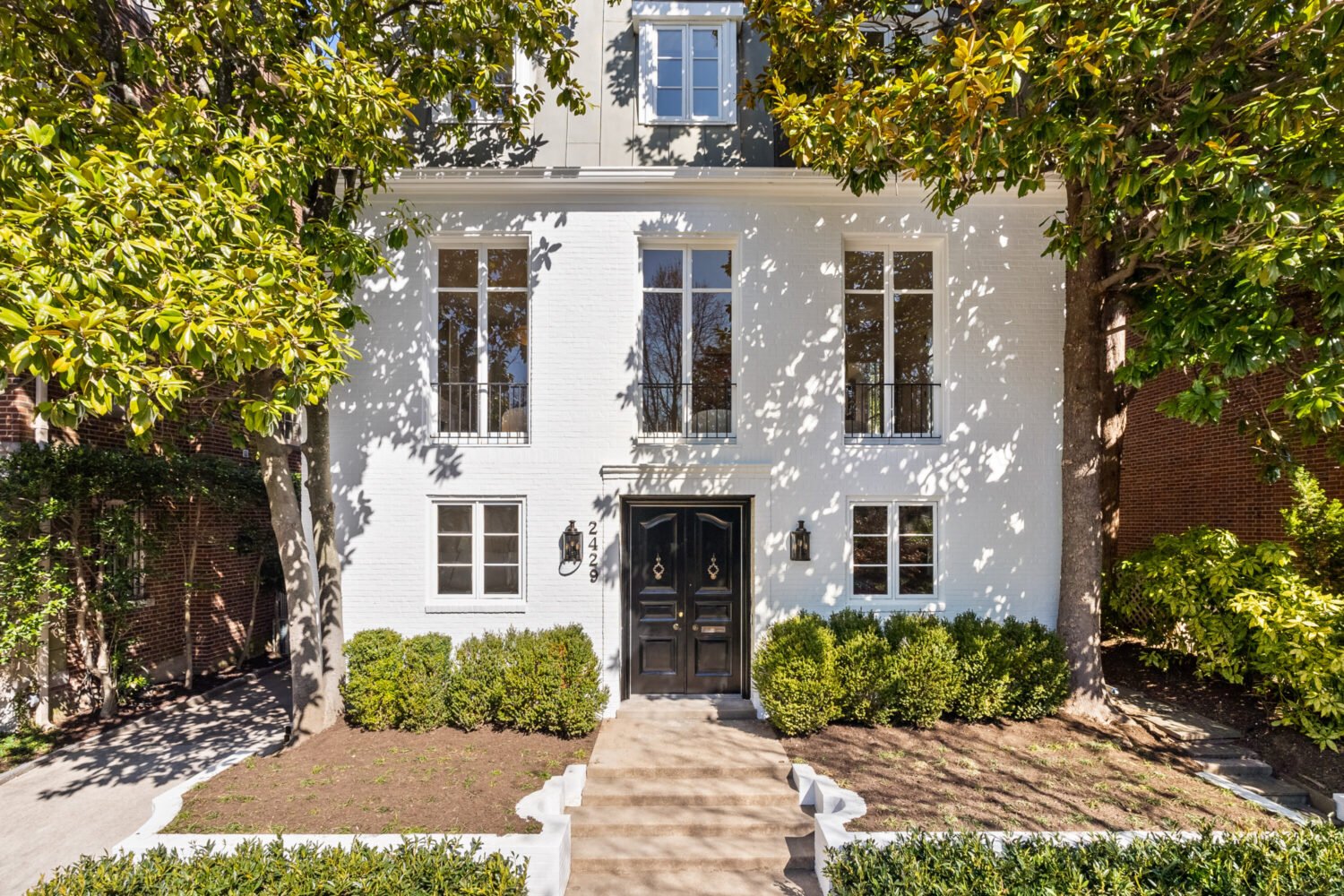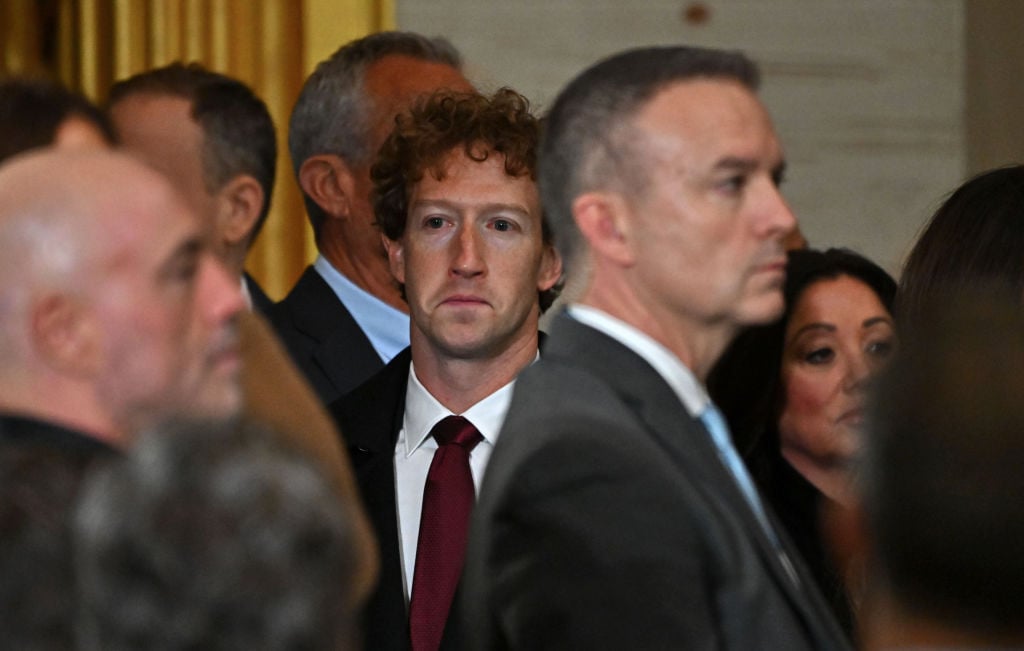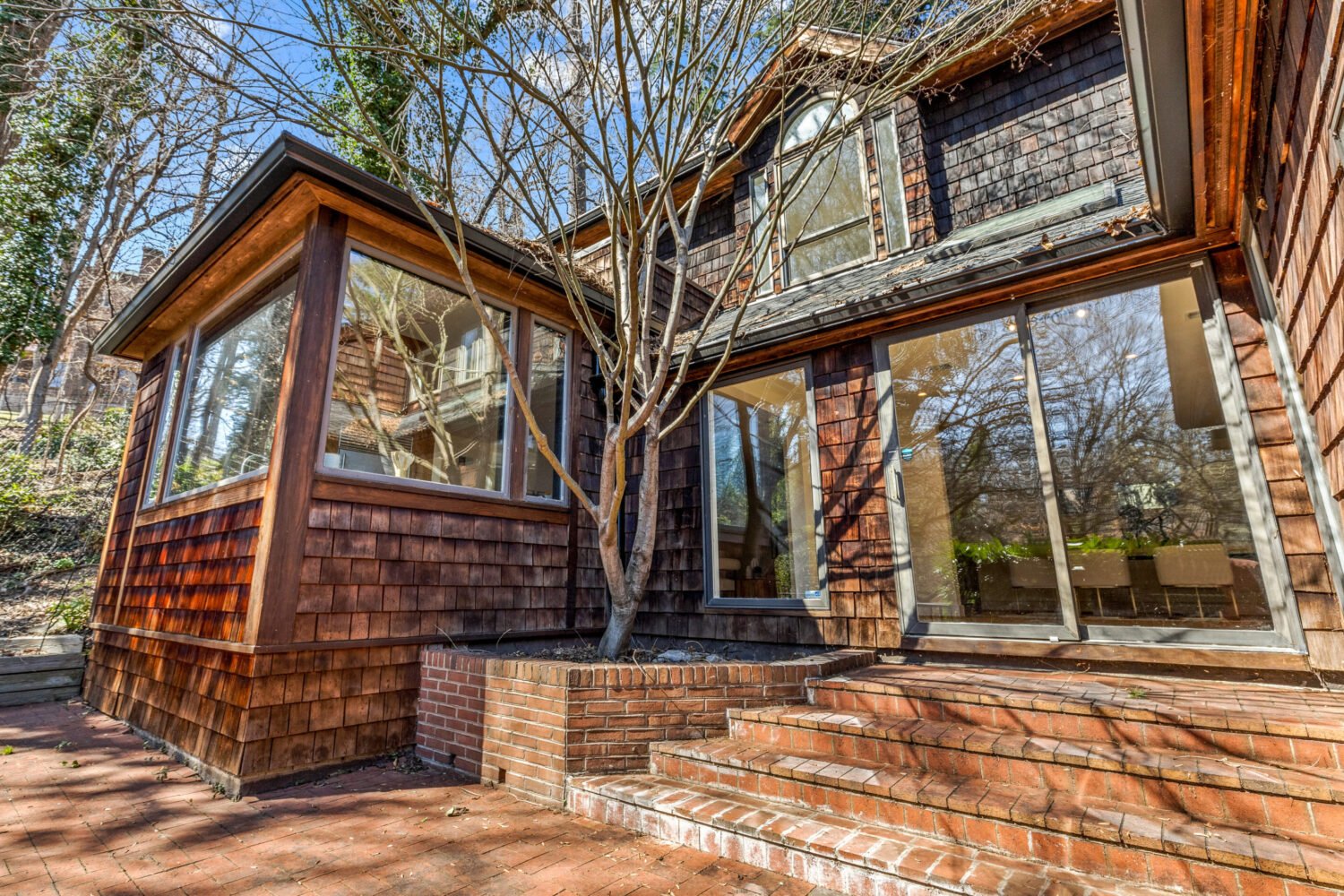It’s safe to say that the glory days of Corporate Drive in Hyattsville are over. The nine office buildings, in a style that might be called Late-’80s Squat, line a wide thoroughfare that’s deserted at rush hour. The building at number 8100, nestled into a small hill, appears to be sinking. Through its black-tinted windows, the accoutrements of office life are visible—pastel carpets, a maze of cubicles, a workroom kitchen where fluorescent light glints off the counters—but no one works there. The parking lot is empty.
Once a desirable, car-convenient address where Route 50 meets the Beltway, Corporate Drive today, along with scores of office parks from the same era, represents a modern version of the shuttered factories that dot the downtowns of our cities. The economy has moved on, but the buildings—outdated, with obsolete layouts requiring expensive renovations—remain.
However, like the once-abandoned factories and warehouses of Chicago, San Francisco, and New York, unloved real estate such as Corporate Drive shouldn’t be written off. In their functional obsolescence may lie the greatest strength of these suburban corporate campuses: Designed without internal load-bearing walls, they contain vast unbroken spaces that can be configured to all kinds of unlikely new needs—hosting a crowd for a performance or broken up into private cubbies. Those bands of windows mean plenty of light for painters and sculptors, while the steel-and-concrete construction muffles sound, so loud music wouldn’t bother the neighbors.
Thirty years ago, obsolete industrial space in American cities became the light-filled lofts that first drew artists studios and later became pricey condominiums. But despite a few swank new addresses with heavy-industry names like the Wonder Bread Factory or Atlantic Plumbing, Washington has never had a lot of old industrial space to convert. Instead, it has a lot of office parks like Corporate Drive.
Could they become our version of renewal through the arts?
Repurposing office parks solves two problems that have come to haunt Washington’s recent boom. In January, the District’s artist community protested the sale of the Union Arts collective’s headquarters on New York Avenue, Northeast, to developers, who will turn it into a boutique hotel. The larger battle has long since been lost, however; cheap space for making things in DC—whether an old Victorian rowhouse in Columbia Heights or a warehouse in Eckington—has already all but dried up.
At the same time, demand for square-footage far from the core is dying. Between “sequestration” and telecommuting, the federal government is reducing its office space, while private firms are desperate to lure young workers who prefer close-in, transit-accessible locations. The latest high-profile example is Marriott, which plans to leave its sprawling campus in Bethesda’s Rock Spring office park, already 21 percent vacant. One study says that Washington has 38 million square feet of obsolete office space, almost six Pentagons’ worth.
Development experts have suggested ways to salvage corporate landscapes: interweaving streets with sidewalks and bike lanes to break up unwalkable blocks or adding retail and housing so workers can stroll to shops, the bar, and back home at the end of the day. (This is how Fairfax and Montgomery counties intend to revitalize Tysons and White Flint.)
Besides their drastic costs, these remedies ignore the reality that the most desperate relics are far from Metro stations or highways. Office hubs in some areas, such as Prince George’s County, have been struggling to retain tenants for years. Elsewhere—as in Falls Church, where Fairfax County Public Schools turned a vacant office building into an elementary school—local governments have already stepped in.
Saving office parks with art has its own obstacles. Many are zoned exclusively for commercial activities; developers can make more money faster by turning empty buildings into self-storage facilities, as is currently happening in Rockville. And it can take a leap of imagination to see a corporate headquarters as a creative milieu.
But if it’s going to happen anywhere, it may be in Washington, where the creative community has a long history in the suburbs. The seminal rock label Teen-Beat Records operated out of a humble bungalow in Arlington; local creative types have long been flocking to the mid-20th-century car dealerships and warehouses along Route 1 in Prince George’s County, now officially designated as the Gateway Arts District.
Not to mention that a few artists have made peace with the District’s real-estate prices by living in suburban ranch houses, some within reach of abandoned office parks.
One proof of the concept’s feasibility is that it’s already happening. In downtown Silver Spring, the 1960s World Building has become home to coworking spaces and a “makerspace” where you can use a laser cutter to etch glass. Last fall, 8100 Corporate Drive in Hyattsville was taken over for six weeks by the unjuried art show Artomatic, which brought edgy art and live music to its gloomy rooms. Another reason for hope is the very fact that the suburban office park is being given up for dead. Any real-estate maven can tell you that’s the first step to becoming tomorrow’s hot spot.
Dan Reed, a transportation planner and recovering architect, writes Just Up the Pike, a blog focusing on Montgomery County. He can be reached at justupthepike@gmail.com.

